Stewardship Program
Huron Pines is a leading voice for habitat restoration and protection in Northern Michigan.
Through education, advocacy and on-the-ground stewardship activities, we promote native plant diversity on our natural landscapes and reduce the spread of invasive species.
Huron Pines leads two Invasive Species Networks (ISNs) which bring together regional partners in early detection & rapid response to invasive plants. We also provide education, resources & services for landowners seeking to address environmental concerns on their properties.
Our Invasive Species Networks (ISNs)
Northeast Michigan CWMA serves 11 counties and is organized into two distinct but cohesive invasive species networks. Each ISN is equipped to serve their communities, expand the scope of work & ensure long-term stability of invasive species management across Northeast Michigan.
Click the graphics below to visit our ISN webpages.
Identify & Report Invasive Species
Visit the Midwest Invasive Species Information Network (MISIN) for information to help you identify invasive species and tools for reporting what you find.
Do you have invasive species on your property? Take our landowner survey to help us monitor invasive species and see if you qualify for treatment assistance.
You can also learn how to build your own DIY invasive species decontamination kit by downloading these instructions (.pdf).
Other Stewardship Initiatives
To support our broader landscape restoration efforts, Huron Pines maintains programs in prescribed fire and native seed & plant propagation, and employs other proven & experimental techniques in invasive species management.
Fire is a natural part of the landscape in Northern Michigan and the use of prescribed fire can be a highly effective tool for managing invasive species, regenerating native ones and restoring degraded ecosystems. Our staff is trained and equipped in conducing prescribed fire and assisting our partners in their burns.
Prescribed Fire Program
We promote ecosystem biodiversity by collecting native seed from highly diverse landscapes and propagating native plants in areas that are undergoing restoration. Areas with high biodiversity are far more resilient to disturbance and the ongoing effects of a changing climate.
Native Seed Program
To compliment our chemical and mechanical techniques for invasive species management, we also experiment with biocontrol measures like releasing beetles which eat certain invasive plants, and employ the lowest effective concentrations of herbicide to achieve best results and minimize unwanted impacts.
Experimental Controls








